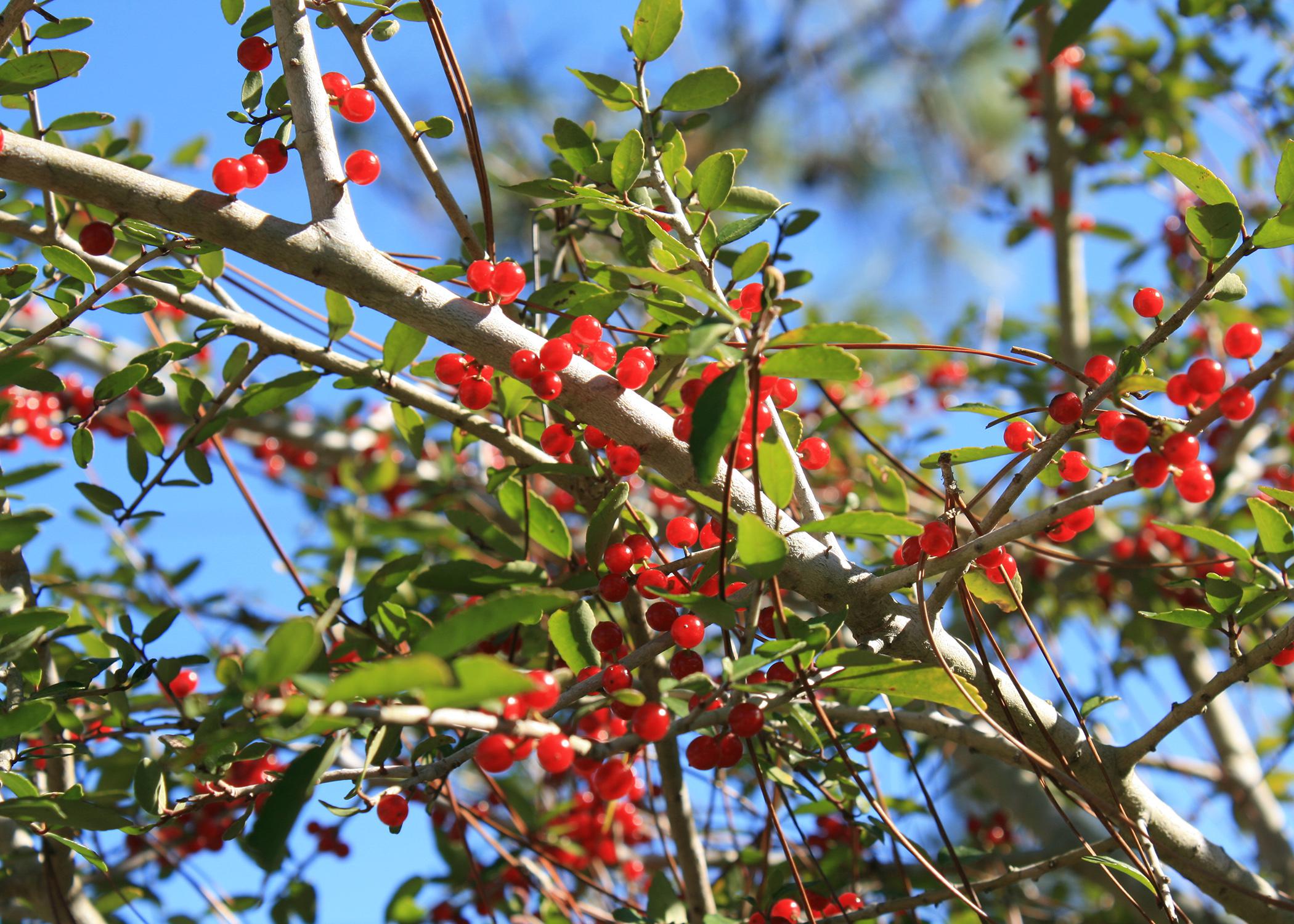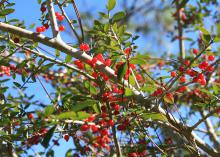Information Possibly Outdated
The information presented on this page was originally released on November 9, 2015. It may not be outdated, but please search our site for more current information. If you plan to quote or reference this information in a publication, please check with the Extension specialist or author before proceeding.
Gary answers two garden questions
Let’s face it: Gardeners like to talk about their gardens, and I’m no different. We all like to brag about our garden successes and ask questions about how to improve. Through email and social media, I get many gardening questions throughout the year.
These questions concern landscape issues, plant care and plant identification. I enjoy answering questions and helping home gardeners to be successful in their gardening endeavors in Mississippi and beyond.
I’ve gotten questions from as far away as California. I have to admit that some of them make me think I’m on a game show called “Stump Gary,” and I learn a thing or two researching the answers. It ends up feeling like two gardeners sharing landscape tips across the back fence.
I want to share a couple of recent questions and my responses.
Question: “Dear Gary, I have a few native yaupon hollies in the edge of the woods on my property. I really like these plants, but they never have any berries. The yaupons in my neighbor’s yard have beautiful berries. Is there something I can fertilize with to make them produce fruit? Justin, Benndale”
Response: “Justin, yaupon hollies, with their gorgeous, translucent, red berries, are some of my all-time favorite native plants for south Mississippi. However, there’s no fertilizer that will solve your problem. You see, yaupons, like all hollies, are dioecious, meaning there are male and female plants. My advice is to go to the garden center to find a yaupon with berries and plant that with your other plants. There are some really nice weeping yaupons that I think would complement the native yaupons already growing in your landscape.”
Question: “Hey Gary, my landscape roses are still loaded with beautiful, red flowers but are getting a little unruly. When’s the best time to prune these back to a more manageable size? Judy, Pascagoula”
Response: “Judy, pruning roses is actually very easy, and I congratulate you for realizing the need to prune. An overgrown Knockout rose bush is not the most attractive plant in the garden. Knockout roses need to be pruned early each spring; that means February for Pascagoula. First, remove any dead or winter-damaged canes close to the base of the plant. Prune the remaining canes up to 50 percent, maintaining the desired shape and size of the shrub as you prune. Cut the canes at a 45-degree angle facing out to prevent canes from holding water.
“Always use bypass pruners because they produce the best and cleanest cut, like a pair of scissors cutting paper. Anvil pruners, while less expensive, do a great deal of damage by literally crushing the stem of the rose. The crushed stems are not attractive and can let disease organisms enter the plant. This pruning stimulates vigorous growth in the spring and the abundant flowering Knockouts are known for.
“Later this summer when the rose bushes are starting to look a little tired, prune back by about a third. The resulting flush of growth and flowers will bring enjoyment to the fall gardening season. Always protect yourself when pruning roses. Heavy-duty leather gloves are a must, along with long sleeves for keeping those pesky thorns at bay.”
If you’ve got questions about anything in the landscape, you can email them to me at gary.bachman@msstate.edu. You can also send me questions via social media: Southern Gardening on Facebook or @SoGardening on Twitter.









